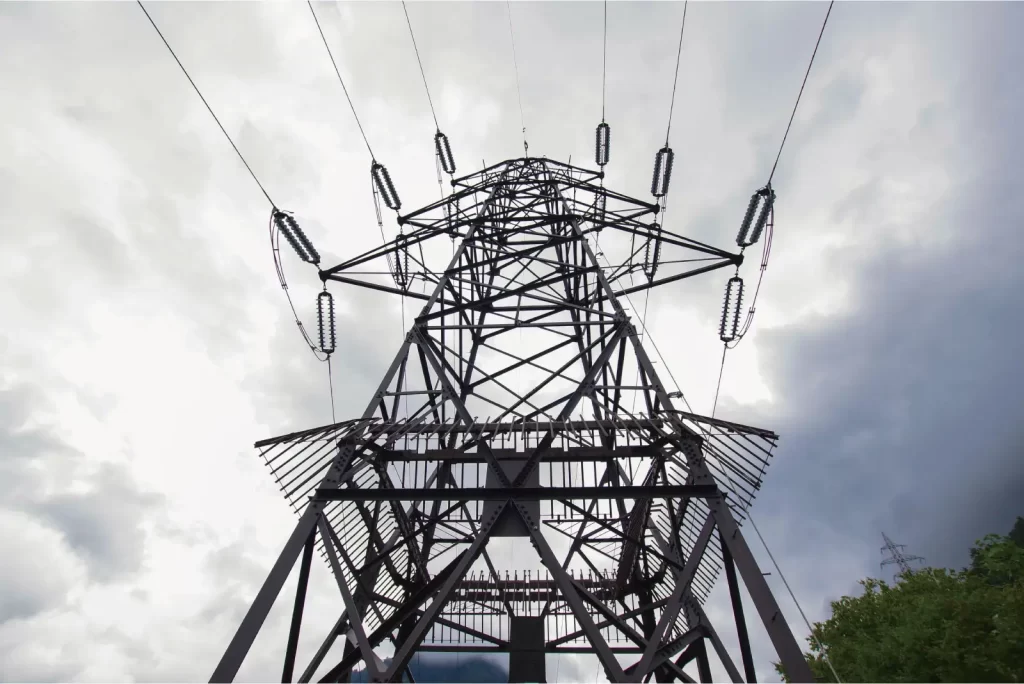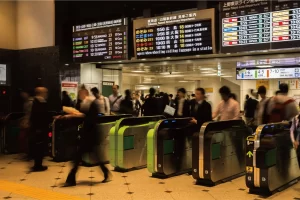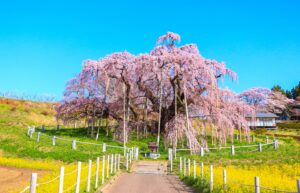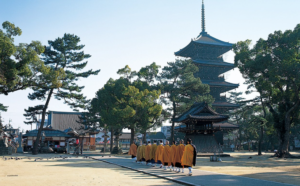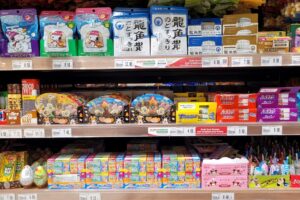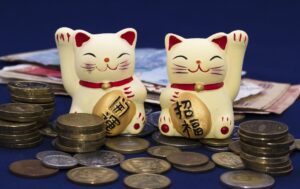Japan is a Very Unique Country with Different Frequencies
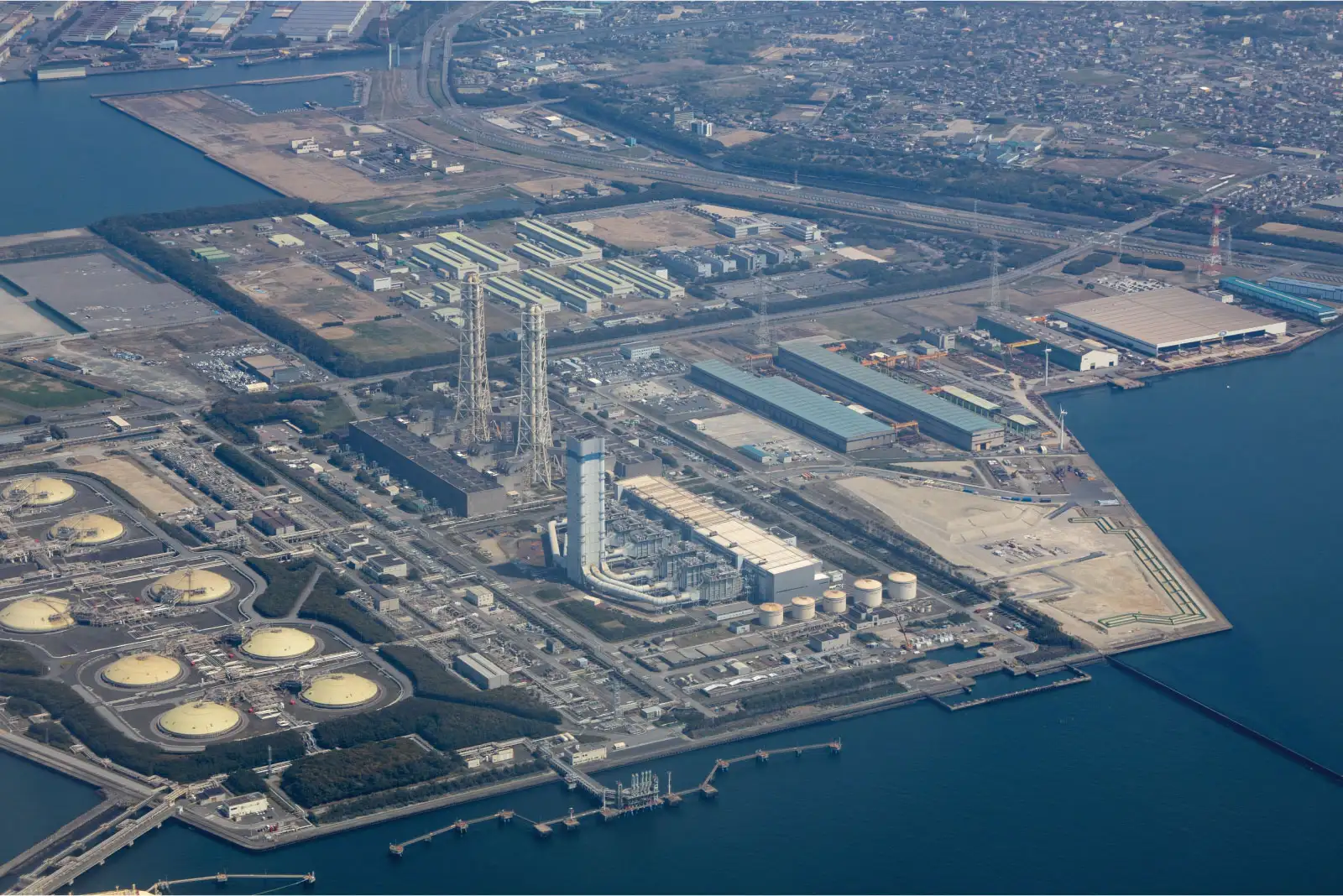
In Japan, there are 50 Hz and 60 Hz regions, with the Fuji River in Shizuoka Prefecture as the border, East Japan has 50 Hz and West Japan has 60 Hz. This is said to be due to the fact that when the electric power business started, Kanto area imported 50Hz generators from Germany and Kansai area imported 60Hz generators from the United States.
What is Frequency?
There are two types of electricity: “direct current”, which is used in flashlights and portable radios, and ”alternating current (AC)”, which is used in household electrical appliances. AC electricity increases and decreases in a regular pattern. It looks like a wave in a diagram. “Frequency” refers to the number of waves that repeat in one second, and the unit of frequency is Hz (Hertz).
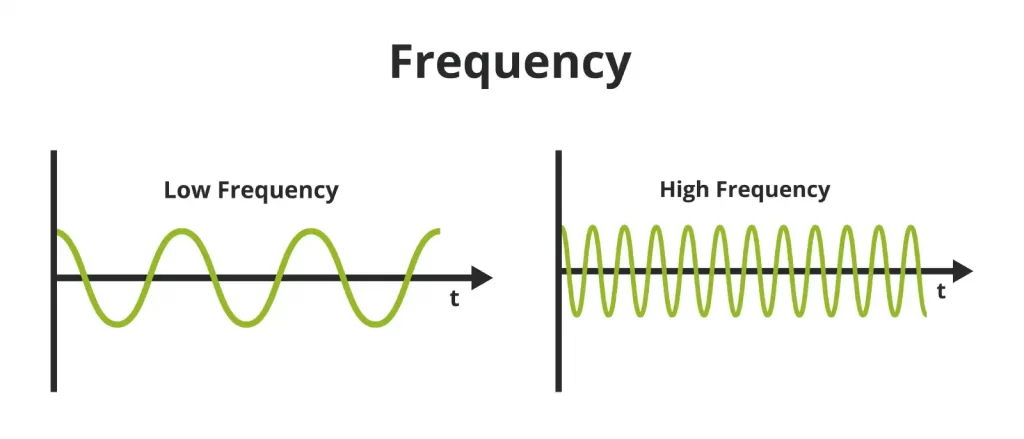
Problems caused by different frequencies
If you use a device with a different frequency as it is, not only will it not work properly, but it may even break down. When you move from east to west or west to east, there will be appliances that you cannot use. There seems to be generally no problem with recent appliances, but you need to be careful with older appliances.
Another major problem is the lack of flexible power supply.
Even if there is a shortage of electricity in western Japan, it is not possible to supply electricity from eastern Japan. If the frequencies are different, it is impossible to send electricity even if you wanted to. This was a problem when the Great East Japan Earthquake happened.
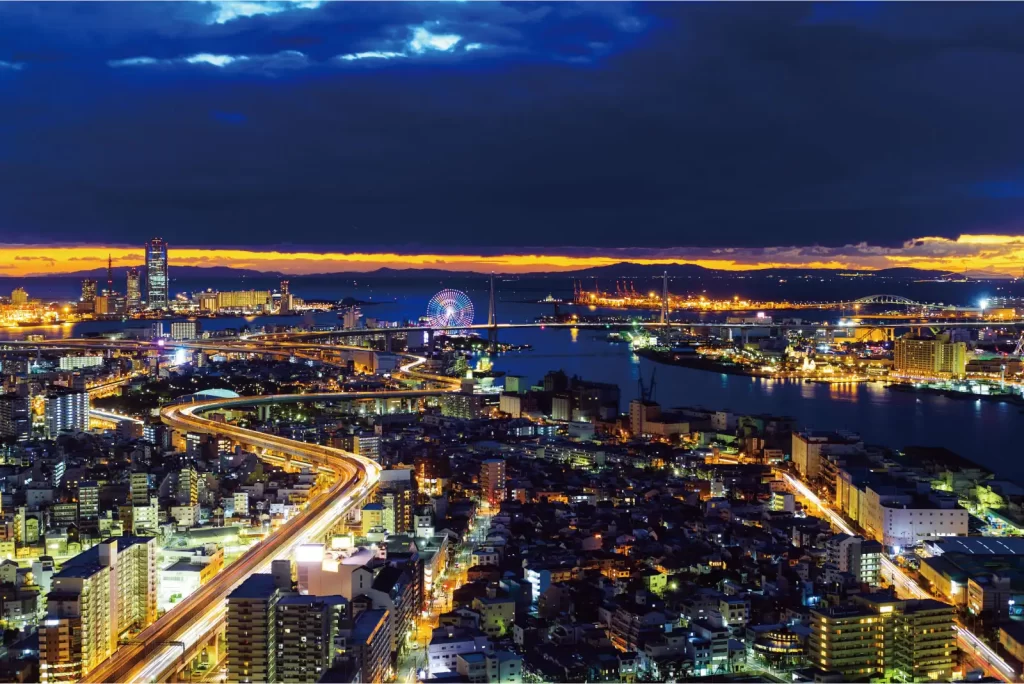
The reason for the different frequencies
It is very unusual in the world for frequencies to be different within a country. Frequencies are generally standardized on a national basis. The reason why this has happened dates back to the Meiji era.
In the 1890s, the Tokyo Electric Light Company purchased generators from Germany and the Osaka Electric Light Company from the United States. However, Germany and other European countries used 50 Hz generators, while the U.S. used 60 Hz generators. This is why 50Hz was used in eastern Japan, mainly Tokyo, and 60Hz was used in western Japan, mainly Osaka.
Unification is difficult
By the time the problem was noticed, the infrastructure was already created, and it would have taken a huge amount of money and time to unify it. There have been many attempts to unify the frequencies, but in the end, even after more than 100 years, the frequencies in eastern and western Japan remain separated.
Recently, unification has been given up and a frequency conversion station has been built. However, there are only three such stations in the country, and the amount of power that can be exchanged is limited.
This does not mean that the frequency problem has been solved, but I am looking forward to seeing what will happen in the future.
